One reason to raise quail is that their egg has a higher yolk-to-white ratio. Also, you may find their eggs richer in taste and nutrients than other poultry eggs.
These game birds are also easy to care for with minimal food and shelter, but you need to give them sufficient light.
Though quail lay eggs earlier than other farm birds, you need to understand their laying duration and problems with solutions.
Basics of Quail Egg Production
Adult quails start laying eggs at the age of 6 – 12 weeks after being mature. This is a lot faster than chickens and ducks, which take 4 to 6 months and 5 – 8 months, respectively.
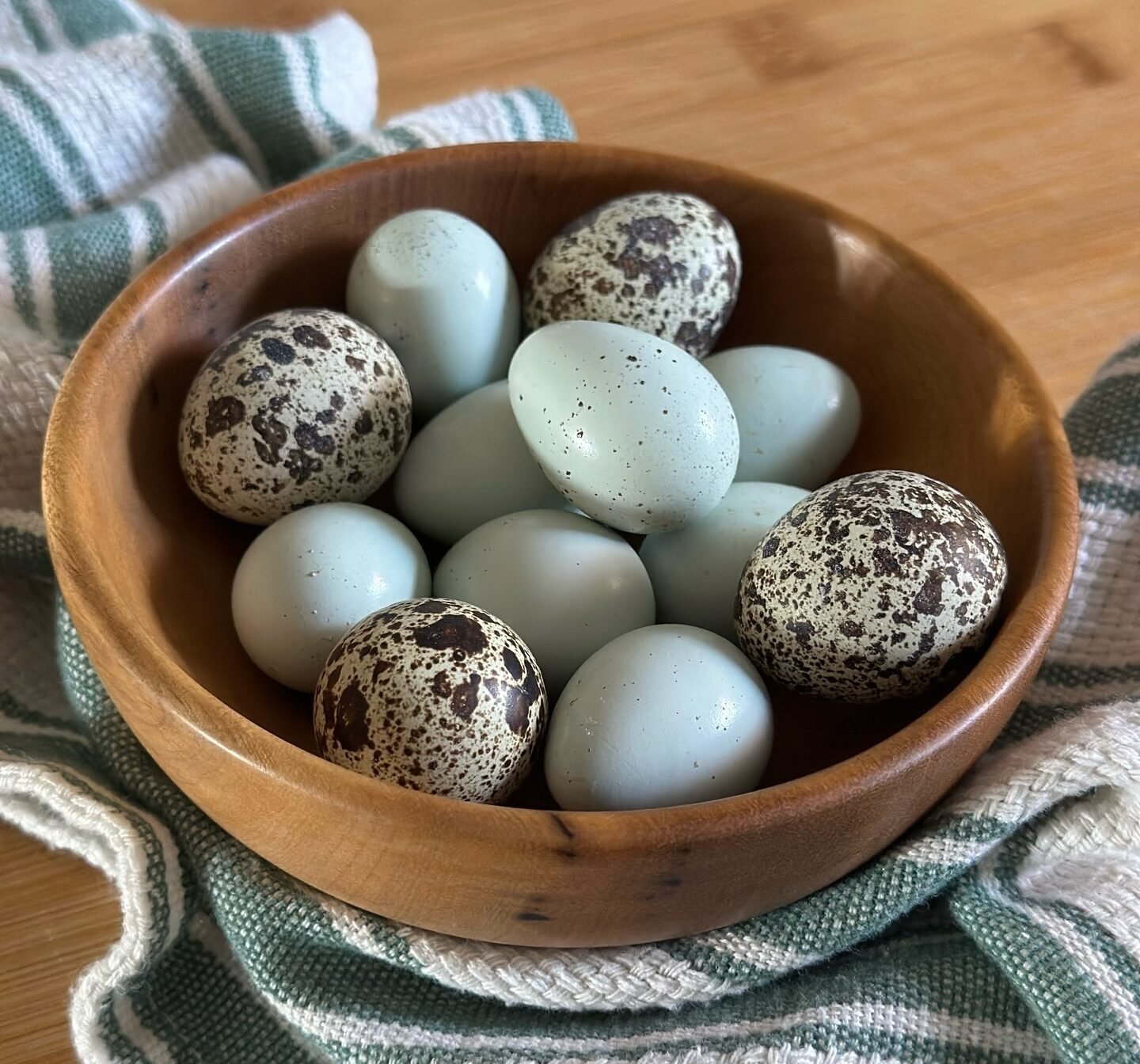
For example, most Coturnix quails begin giving eggs within 6 or 7 weeks with almost all of the standard size.
But jumbo quails began at 8 weeks. Also, Celadons take 8 – 10 weeks, and some birds don’t lay until they are 12 weeks old.
You need to understand the factors affecting the onset of laying. That are quail breeds, health, food (nutrition), lighting, comfort and molting.
The farm quails lay one egg daily in the pick of their yield. So, they can yield 200 -300 eggs per year. Jumbo quails can enrich your farm. (That’s the secret)
One quail egg weighs 10 grams on average. They are one-third of chicken eggs, so you need 3 – 4 eggs for omelets and other dishes to compensate for each chicken egg.
Eggs come in various colors, including white, blue, and green, with brown or reddish-brown dots or spots on a light shell.
You can raise quail breeds like Coturnix, Bobwhite, Button, and Texas A&M Quail.
How Long Do Quail Lay Eggs?
Quails commonly live for 5–6 years, but few can extend more than 10 years.
Their peak laying period is an initial 1–2 years. They mostly lay eggs in the spring months and stop in the fall and winter when the days are shorter.
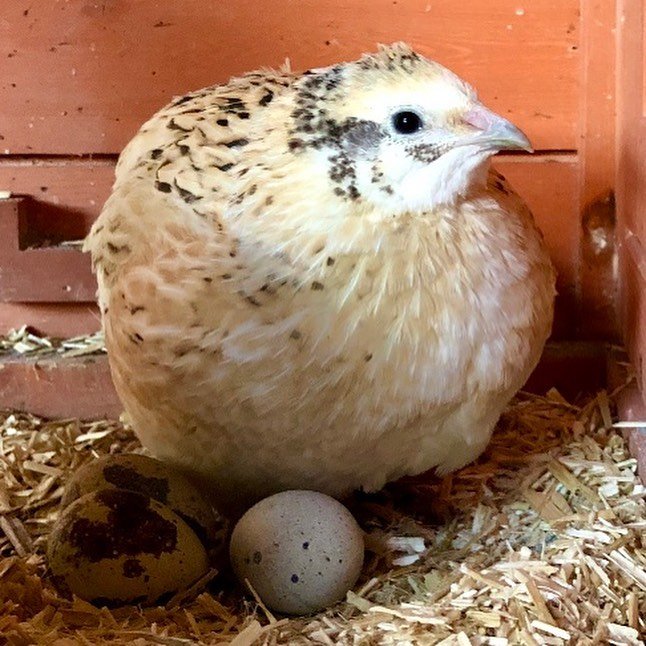
I had some New Yorkers a few years ago, which began laying in April and stopped in October.
So, quail lay eggs for the first 2 – 3 years of their lives. The gradual decline in yield begins after the second year.
You can notice this decline as soon as you realize if you have provided quails with artificial light throughout the year.
Your quail may need a break in the winter. This can also decrease egg production.
Some factors, such as breed or genetics, proper nutrition and diet, lighting, and housing, also affect the duration of egg laying.
Signs That Quail Are Slowing Down in Egg Production
Quails begin to slow down laying eggs after 2 – 3 years. This can have some possible signs for quail keepers to understand.
Fewer eggs in the nesting area
You will find no eggs in the nest of quails that lay hundreds of eggs in the previous month.
One can find a first-year quail laying one egg daily. In contrast, second-year quail may give only 5 – 6 eggs per week.
Changes in eggshell quality or size
When cleaning the coop, I was shocked to find most of my button quail eggs smaller than usual in the first year of quail raising.
Poultry owners can also notice the weak eggshells and cracked eggs only after laying.
Behavioral shifts
The little birds showcase different temperaments than unusual ones.
The quails that try to fly away remain quiet, leisureful, and inactive in their lateral years.
Tips to Maximize Egg-Laying Potential
Feed the Birds Well
Farm quails eat cracked corn, grains including wheat oats, rye, and barley. But you can also give them safflower seeds and sunflower seeds.
Their diet includes 80 percent of grain foods.
But make sure to provide your quails with 25 – 30 percent protein to form eggshells. The calcium deficiency can lead to a weaker shell, only to break after laying.
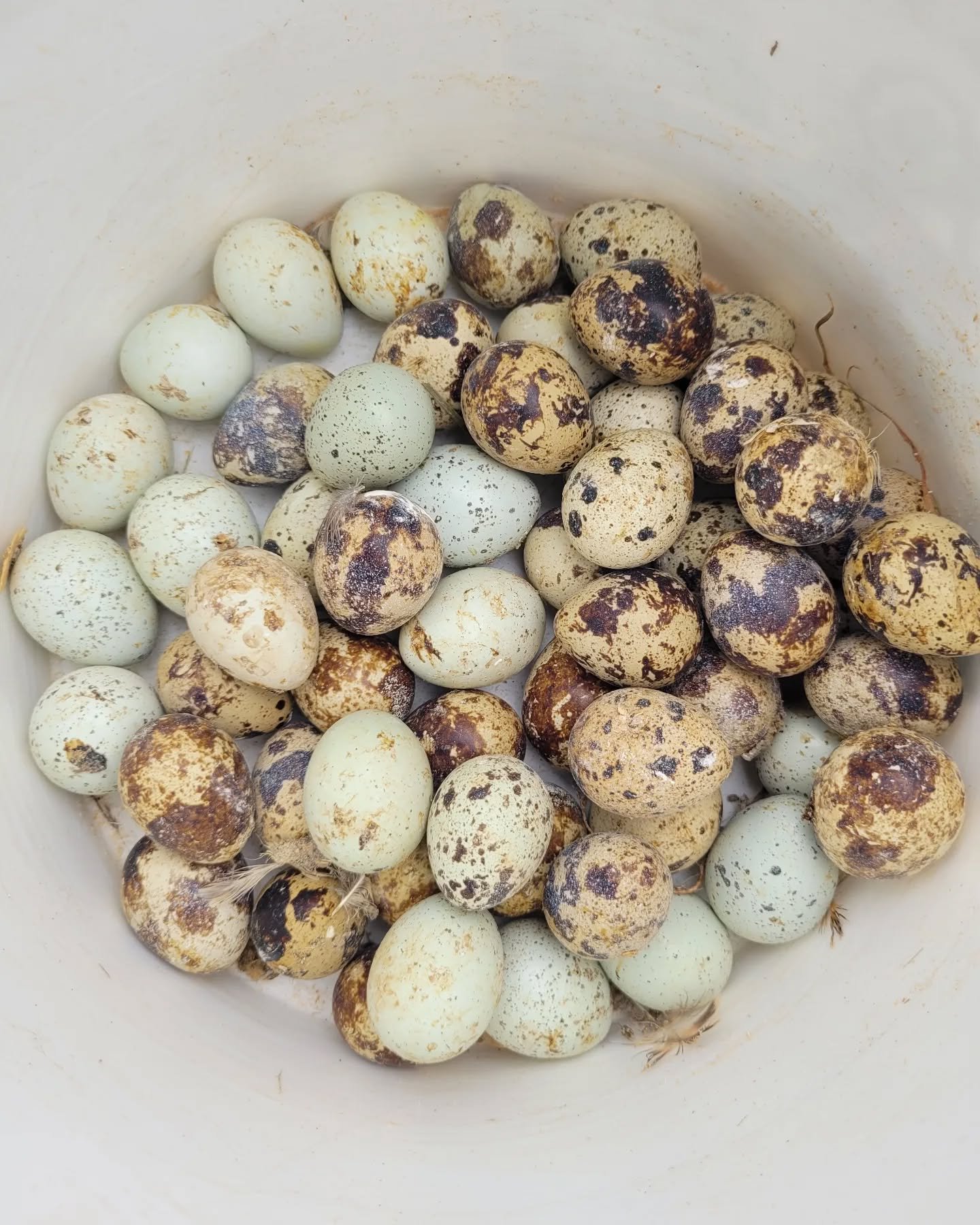
I often give them Purina Game Bird 30% Protein Starter (this is no sponsorship).
Also, outdoor quails in the ground pen can forage grains, seeds, nuts, and tiny insects. You can also provide them safe treats such as mealworms and fresh greens.
Provide Adequate Lighting
Quails require 14 – 16 hours of light every day for consistent egg production.
However, young birds also do well with 10 – 11 hours of light. Also, more extended lighting can disturb the sleep cycle of birds, so you can give your birds a short break, decreasing light hours.
You need to worry in the summer when the days are long.
The birds start lacking light in the winter, so you may need to give 10 – 12 hours of artificial light on cold days.
Also, keep the shelter environment under optimum temperature.
For example, 1-week-old chicks require around 90º F. They will survive at 85º F in their third week.
After 4 weeks, they can thrive well at 20 – 120º F. But they keep them around 65 º F.
Control Stress
Overcrowding can build up tension in quails in the pen or cage. So you need to provide at least 1 square foot space for each bird.
I suggest you build a shelter with 3 square feet per bird if you raise bigger breeds like jumbos.
Their shelter should be safe from predators.
If you have shifted their nest to another quarter, they may pause egg laying for 4 weeks. So, change the place if necessary. Better, you change the young birds.
Allow your quails to take a dust bath, and provide them with rocks or other things to hide behind and ground to forage.
Also, aim for 1 male per every 4 – 6 females to avoid overbreeding.
Monitor Birds for Diseases
Molting is a natural process of removing old feathers and getting new ones for winter protection.
That’s completely okay, even if birds find it stressful. That’s only a sign of seasonal change.
You need to be mindful when they are caught in fungal infection (Aspergillosis), viral disease (bird flu), parasitic infection (coccidiosis), and others.
You can notice unhealthy behavior and droppings around the coop.
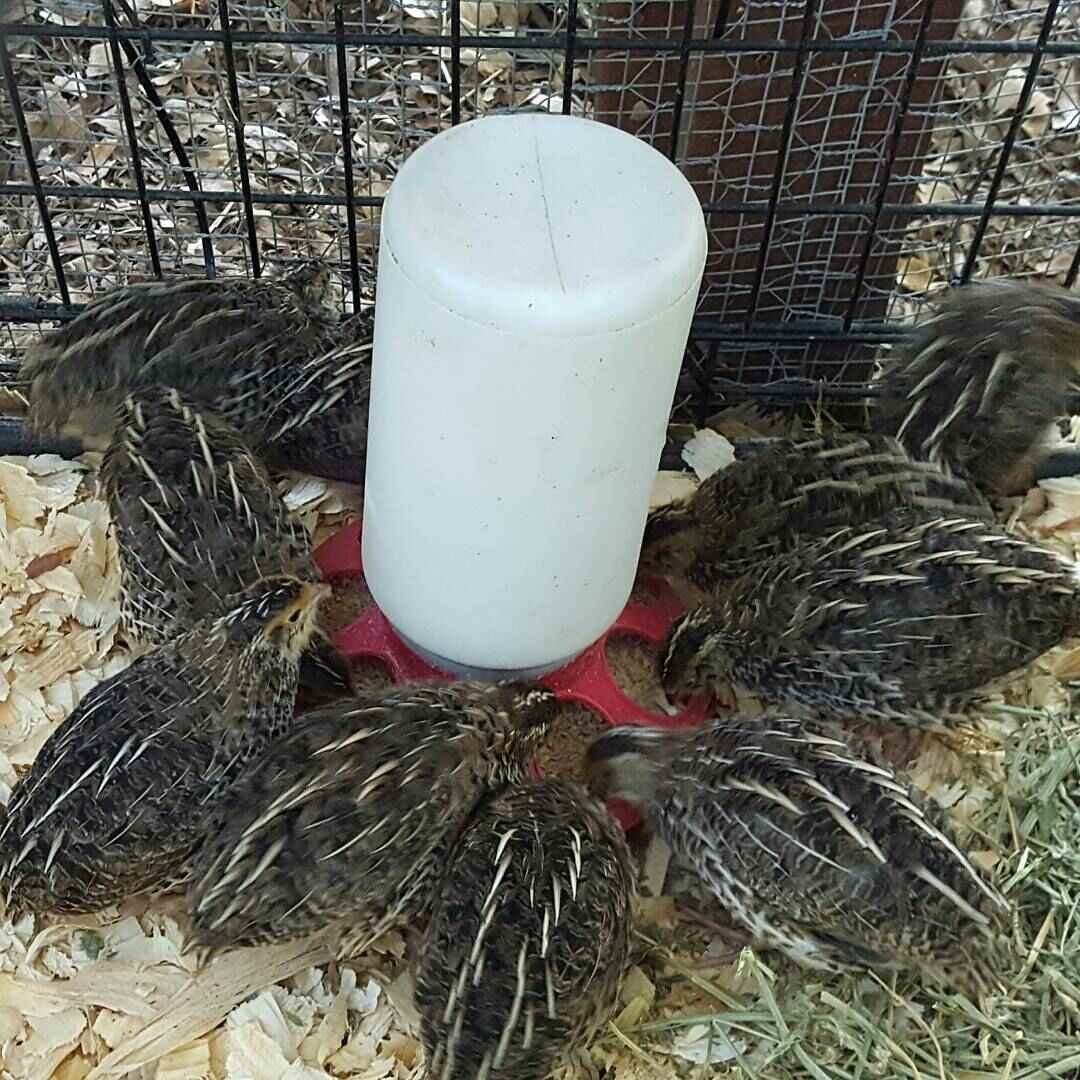
What to Do With Aging Quail?
Quail farming is a better choice for small-scale homesteads or hobby farms.
However, egg production for only a certain period may disappoint the owners. So they can keep aged quails as pets and raise them for a few years for breeding.
You need lots of new gamebirds for other purposes, including eggs and meat production.
Also, you can sell them in the market or dress them and make them food.
Final Thoughts
You need not raise male quails for females to lay eggs. Hens can produce unfertilized eggs without roosters.
But to hatch new chicks, you need males to breed females. Also, quail don’t lay eggs on their nest but anywhere around their cage or quarter.
So, your daily job is to hunt eggs once they start laying.



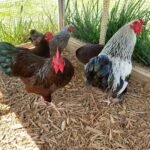
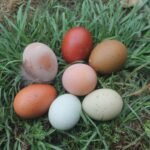

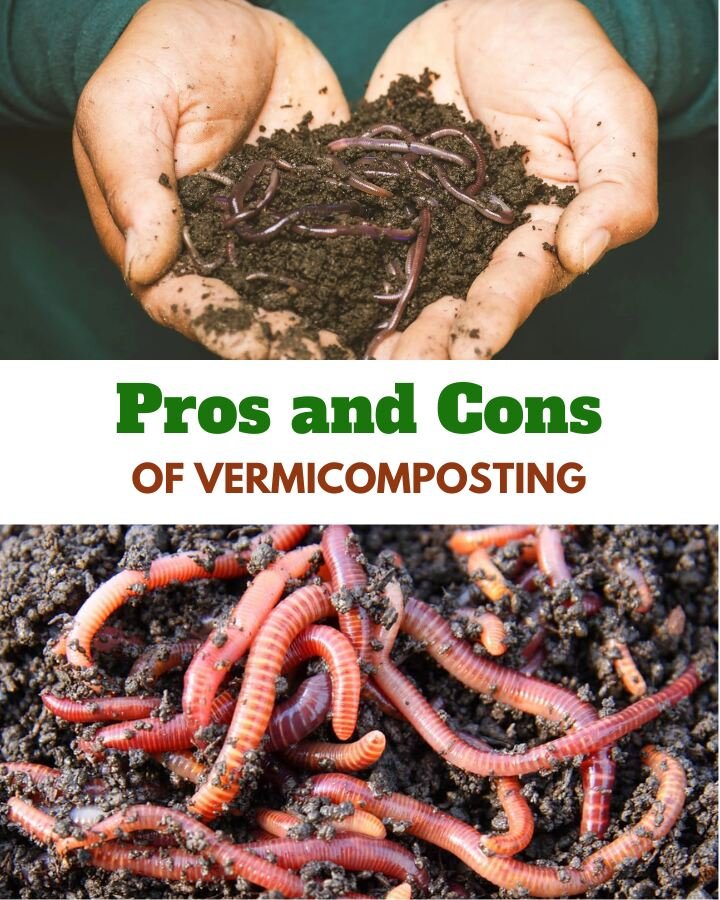

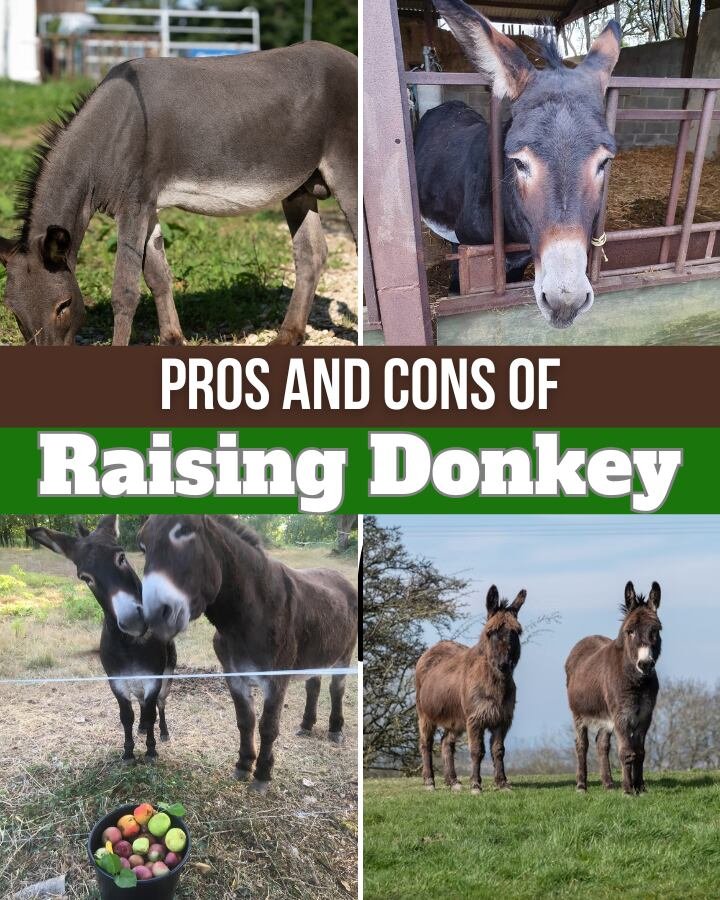

Leave a Reply